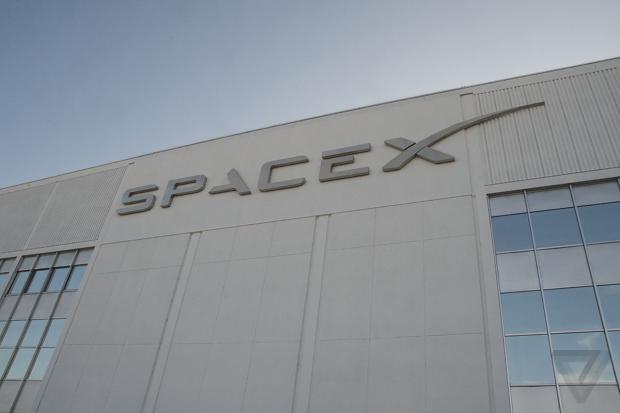
Breaking News
 Large global study analyzing data from 192 countries has sparked intense debate by suggesting...
Large global study analyzing data from 192 countries has sparked intense debate by suggesting...
 Agentic AI is the Next Phase Where AI Affects Our Lives - Live Stream
Agentic AI is the Next Phase Where AI Affects Our Lives - Live Stream
 Iran conducts surprise missile drills amid rising tensions with Israel
Iran conducts surprise missile drills amid rising tensions with Israel
Top Tech News
 EngineAI T800: Born to Disrupt! #EngineAI #robotics #newtechnology #newproduct
EngineAI T800: Born to Disrupt! #EngineAI #robotics #newtechnology #newproduct
 This Silicon Anode Breakthrough Could Mark A Turning Point For EV Batteries [Update]
This Silicon Anode Breakthrough Could Mark A Turning Point For EV Batteries [Update]
 Travel gadget promises to dry and iron your clothes – totally hands-free
Travel gadget promises to dry and iron your clothes – totally hands-free
 Perfect Aircrete, Kitchen Ingredients.
Perfect Aircrete, Kitchen Ingredients.
 Futuristic pixel-raising display lets you feel what's onscreen
Futuristic pixel-raising display lets you feel what's onscreen
 Cutting-Edge Facility Generates Pure Water and Hydrogen Fuel from Seawater for Mere Pennies
Cutting-Edge Facility Generates Pure Water and Hydrogen Fuel from Seawater for Mere Pennies
 This tiny dev board is packed with features for ambitious makers
This tiny dev board is packed with features for ambitious makers
 Scientists Discover Gel to Regrow Tooth Enamel
Scientists Discover Gel to Regrow Tooth Enamel
 Vitamin C and Dandelion Root Killing Cancer Cells -- as Former CDC Director Calls for COVID-19...
Vitamin C and Dandelion Root Killing Cancer Cells -- as Former CDC Director Calls for COVID-19...
 Galactic Brain: US firm plans space-based data centers, power grid to challenge China
Galactic Brain: US firm plans space-based data centers, power grid to challenge China
SpaceX plans to launch first internet-providing satellites in 2019

Elon Musk's company yesterday outlined its plan to put a network of internet-providing satellites around our planet, stating in a Senate hearing on broadband infrastructure that it wanted to start sending the craft into space in 2019, before the full network came online in 2024.
SpaceX's vice president of satellite government affairs, Patricia Cooper, said that the company was aiming to get a prototype satellite into space this year, before launching another in the early months of 2018. These prototypes will be used to demonstrate that the custom-built craft are capable of providing internet for Earth dwellers, but assuming the tests go successfully, SpaceX plans to start building the network proper in 2019.
The company will launch additional satellites in phases until 2024, at which point Cooper says the network should have reached full capacity, with the craft operating on the Ka- and Ku-band frequencies. SpaceX will be using its own Falcon 9 rockets to get the satellites into low-Earth orbit — a measure that will help it save costs and ensure it's not beholden to the launch schedules of other spacefaring firms.

 This is why RAM costs so much
This is why RAM costs so much

